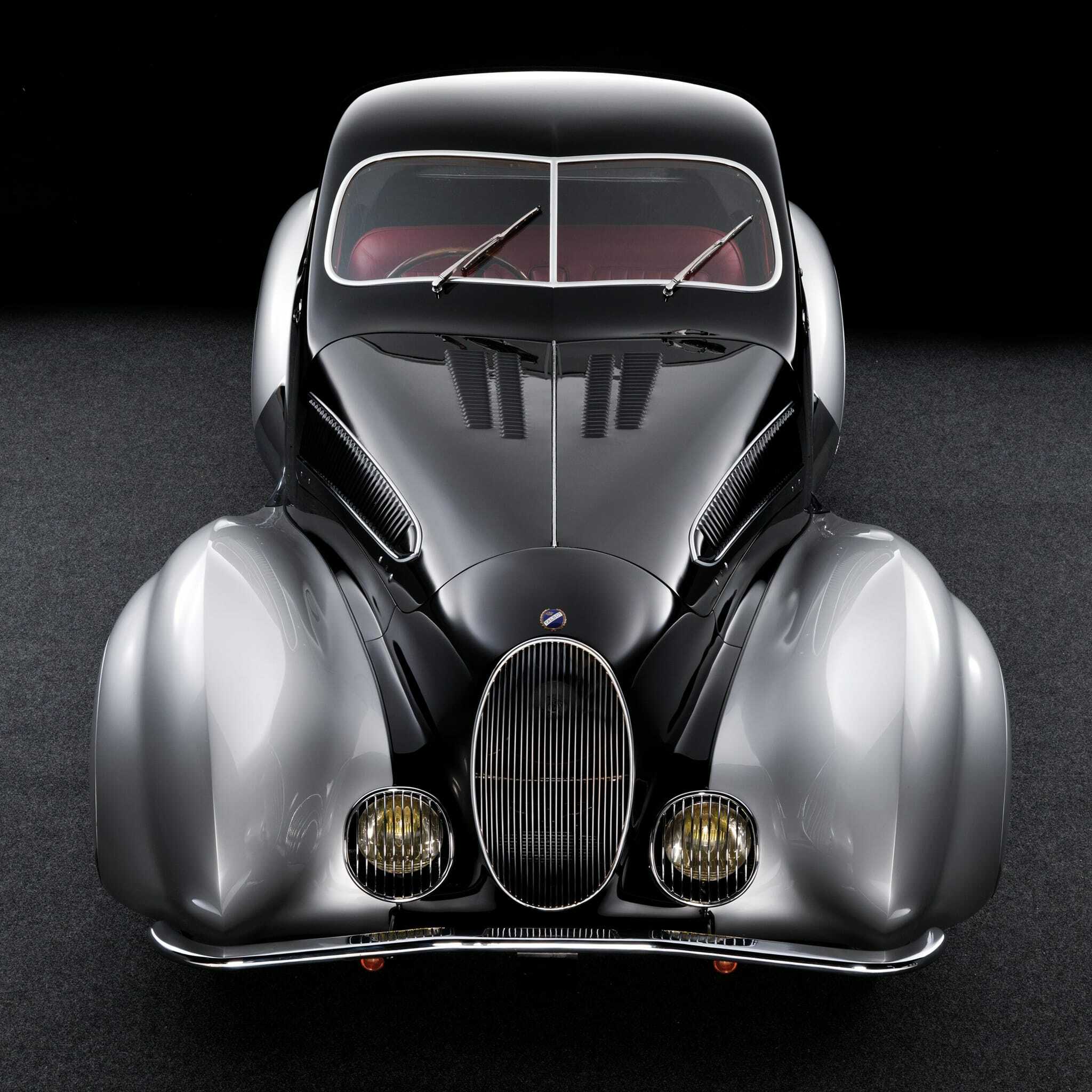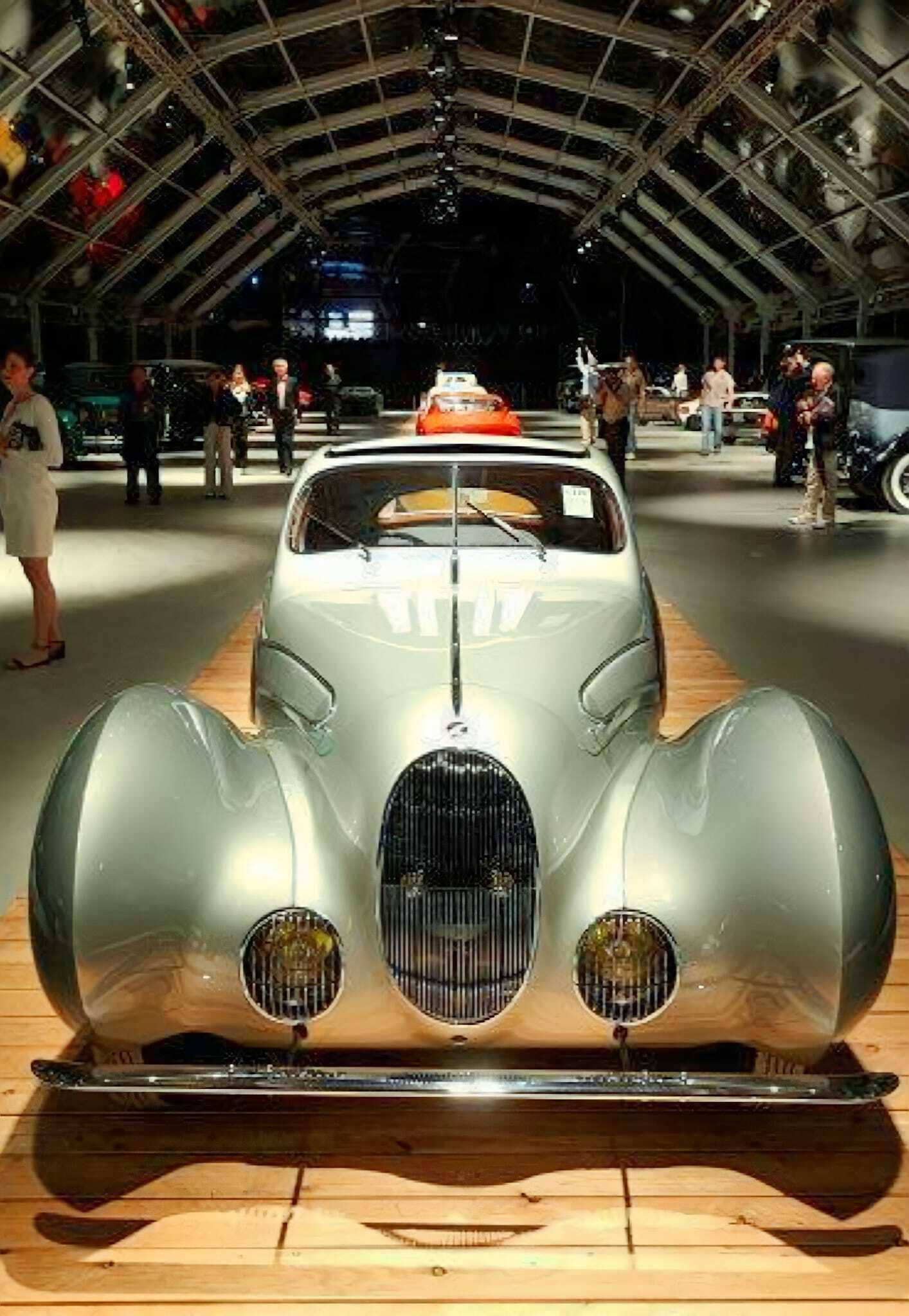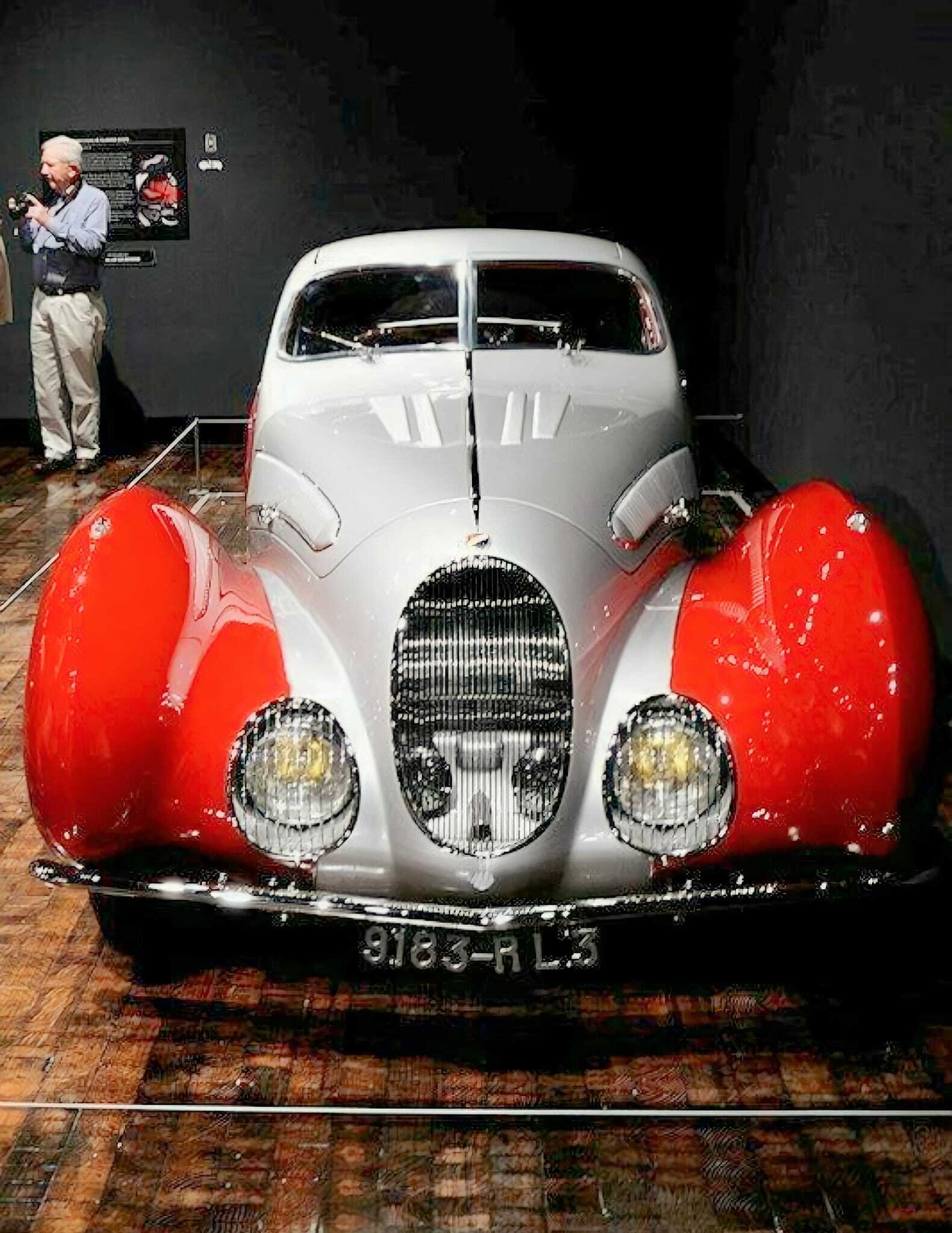The Art Deco movement influenced design and marketing in many different industries in the 1930s, and the motor industry was no exception.
During the 1930s, when most folks couldn’t even afford to put food on the table, upscale car makers turned out luxury vehicles with incredible features. Some of these features, like front-wheel drive and electric wipers, were ahead of their time. Most of all, a huge leap forward in style. Aerodynamics, Streamlining, and Art Deco all collided into beautiful sheetmetal shapes. War was looming, but Europe was having an influence on our designers as well, with rolling sculptures from Alfa Romeo, Bugatti, Talbot, and Delahaye making headlines and turning heads around the world.
After 1929, the American automobile industry, suffered a hard blow because of the economical depression which started with the crash on Wall Street in October 1929. The years 1931 and 1932 were very hard for the American automobile industry. There were not so many 1930s cars sales as during the 1920s, because of the depression, but the face lift, styling and design of a car was a very important invention to attract new buyers. The gloomy (chromed) and streamline styled cars were very typical for the end of the 1930s. The American automobile changed during the Thirties. The automobile changed from the traditional four-square styling that prevailed into the early Thirties, towards a streamlined (Tear-drop shaped) car at the end of the Thirties. The Thirties are in fact the decade that largely established the shape of cars we know today. A comparison of the typical 1930 model (T-Ford model) with its 1939 descendant provides dramatic proof of how complete the transformation was on the Ford 1930s cars.
The greatest impact of the streamlined designs was in fact that the 1930’s cars became eye catchers. Automobiles of the 1930s became to look like art. Most cars were build on a simple, high, carriage-like chassis rolling on wood-spoke wheels and solid tires. From 1932 on, American cars changed.
The creation of the Talbot-Lago T150-C-SS Goutte d’Eau, or Teardrop – one of the most enduringly beautiful automobiles of all time – resulted from a collaboration between Anthony Lago and Joseph Figoni, two Italian-born visionaries who became darlings of the vibrant Parisian automotive scene that thrived throughout the late 1930s.
The Talbot-Lago T150-C-SS presented here, chassis 90107, is widely regarded as the most beautiful and unique of the Figoni-bodied Teardrops.
Recorded in the Figoni et Falaschi ledger as order no. 665, this body is believed to have been based on rendering no. 9035, the most extreme variation of the Modéle New York design, which features all-aluminum construction and fully enveloping, skirted front fenders. Only two bodies of this type were built; today, 90107 is the sole example that survives with its original coachwork intact.
A prizewinner at the 1938 Concours d’Elegance Fémina, this marvelous machine has been owned by a limited roster of caretakers since its arrival on US soil in 1939. Remarkably, this European classic spent nearly eight decades in Southern California, the locus of American car culture, where it led a fantastic existence – raced by the legendary Tommy Lee on the dry lake beds of the Mojave Desert, hidden away for decades by pioneering French car collector Lindley Locke, and then rediscovered and restored to its original splendor by The Nethercutt Collection. Naturally, it has since earned some of the most prestigious honors on the modern concours circuit.
🏁 Motorblog | FOLLOW
https://gaukmotors.co.uk/motorpedia
Curated Automotive Awesomeness | Follow, Grab a Coffee and Enjoy. All the latest and best from the world of motoring







